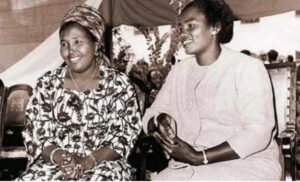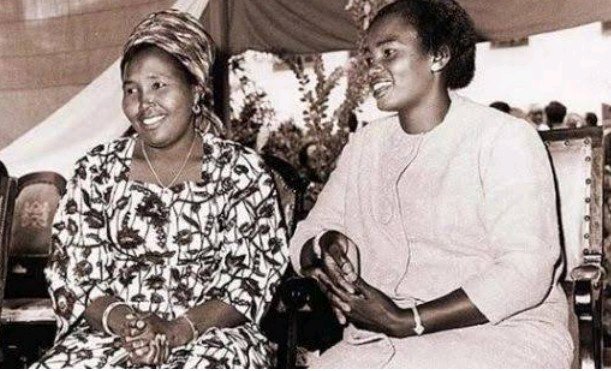The late President Moi was known in all the corners of the country, details of his family members, specifically his wife were scanty.

For the entire period, he was President, Mzee Moi was never seen in public with his late wife Lena Tungo Moi, despite them being married for 25 years.
Mzee Moi married Lena in 1950. Their marriage was okay, with the latter ditching her career to focus on family in Tambach where Moi was working back then.
While in Tambach, they were blessed with two kids; Jennifer and Jonathan Kipkemboi. In the late 60s and early 70s, Moi became Kenya’s Deputy President, meaning that Lena and the family had been thrashed into the limelight.
It is at this point that their marriage started heading South. While serving as Deputy President, the late Mzee Moi was reportedly handed lots of engagements that reduced the time he spent with his family.
For the 24 years that Moi reigned as President– albeit with an iron fist – his ex-wife Lena Tungo was hardly seen in public.Even when Moi’s children were doing church weddings, Lena was kept away and watched the ceremony on Kenya Broadcasting Corporation television like a stranger.
That was unlike the woman who loved publicity in the 1960s and 70s and would grace many an occasion – alone or with Kenyatta’s Cabinet minister and vice-president Daniel Toroitich arap Moi.
Lena’s departure from the social and political scene in mid-1974, after the collapse of her marriage, surprised many people. In 1979, months after Moi was sworn in as President following the death of Jomo Kenyatta in August 1978, Lena was officially taken through the motions of divorce, and she faded away into oblivion.
Unfortunately, their marriage came to an end due to a dance event that led to irreconcilable differences. Despite the heartbreak and pain, Moi and Lena’s story serves as a reminder of the importance of holding on to one’s beliefs and values, even when faced with opposition.
Their unwavering strength and resilience in the face of adversity left a lasting impact on Kenya’s political and social landscape. Their marriage and eventual divorce opened up conversations about cultural practices and gender roles, challenging the status quo and paving the way for change.
After their divorce, Lena struggled to make ends meet, living a life of poverty in her Kabimoi village. She was a simple rural woman who relied on public transport to get around. Her bedroom had to be shifted to the sitting room due to a leaking roof, a stark reminder of the struggles she faced in her later years.








